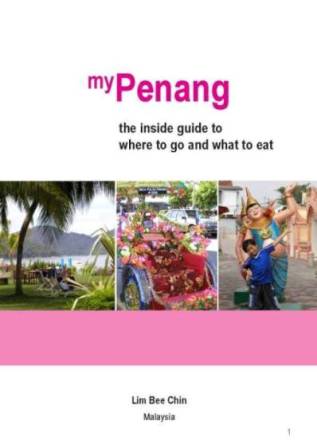Saturday September 25, 2010 The Star Publications
Tracking Dr Sun’s footsteps
By JOSEPHINE JALLEH; Photos by RONNIE CHIN
The mapping out of the Dr Sun Yat-sen heritage trail in Penang is set to become a reality after more than 10 years.
Among the historic buildings along the trail are the Penang Philomatic Union’s second premises (120, Armenian Street), Penang Philomatic Union (94, Jalan Datuk Keramat) and Penang Philomatic Union’s fourth premises/Xiao Lan Ting (65, Macalister Road).
Regarded as the Father of Modern China, Dr Sun made Penang his base where he sowed the seeds of the Canton Uprising in Guangzhou in 1911.
Penang Heritage Trust (PHT) president Khoo Salma Nasution said the trail was proposed in the late 1990s but no one pushed for it due to lack of funds and verification for research findings.
She said the buildings identified along the trail were important places where Dr Sun had lived, held meetings and given talks while in Penang.
“He came to Penang to source for fundings and to recruit members for his movement. He was planning a revolution in China right here in Penang,” she said in an interview.
PHT had received a RM100,000 grant from the George Town Grants Programme for documentation purposes.
Started last December, the two-year programme is part of a RM20mil seed-funding initiative by Think City Sdn Bhd, a wholly-owned subsidiary of the Federal Government’s investment arm Khazanah Nasional Bhd, for urban rejuvenation projects within the George Town World Heritage Site.
Khoo said the funds would be used to put up signboards at the buildings which would provide a background of the place and its connections with the Chinese revolutionary leader.
Khoo said the trail would also highlight how the people of Penang contributed to Dr Sun’s movement.
“He inspired people through his ideas and developed the Three Principles of the People which are nationalism (people’s rights), democracy (people’s voice), and socialism (people’s livelihood).
“When his movement overthrew the Manchu government, he became the first provisional president of China, which was also the first republic in Asia. He banned old practices like the wearing of pigtails and foot binding,” she said.
Khoo described the heritage trail as a way to educate the public.
“It is enriched by the past, as it is another layer of awareness of our history,” she said.
She hoped the attention brought upon the trail would lead to renovations of some of the buildings that were in dilapidated conditions.
Project coordinator Ho Sheau Fung said a group of researchers and local historians had only come out with the first draft of the trail.
“The next step is to concretise the trail and continue to verify the collected data. We also need to determine the sequence of the sites in the trail, based on historical facts.
“More sites will be identified after this and research is ongoing for the sites where Dr Sun had actually been to. We are also including places that are not directly related to him but associated with his followers,” she said.
The trail will be launched at the centenary celebrations in November to mark the 100th anniversary of the Penang Conference on Nov 13, 1910, where Dr Sun planned an uprising of a larger scale in Guangzhou.


